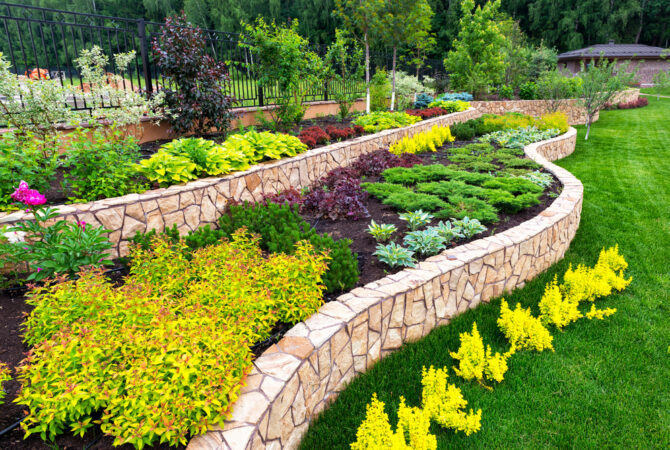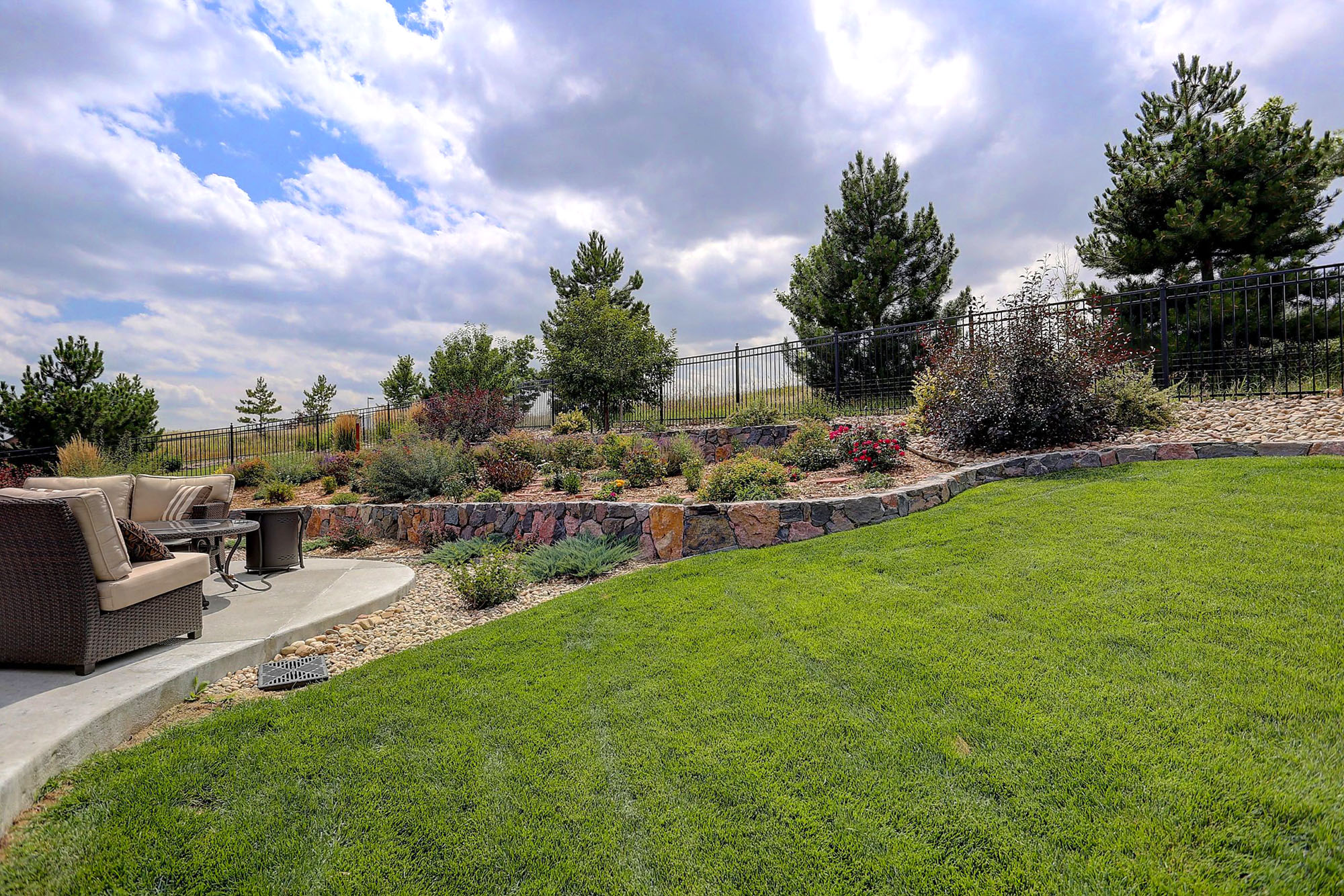Why Landscaping Burtonsville MD Is Essential for a Beautiful Yard
The Ultimate Guide to Stunning and sustainable Landscaping
In an age where ecological worries are paramount, the search of lasting landscape design supplies an one-of-a-kind chance to balance appeal with ecological responsibility. By accepting principles such as the selection of native plants and the application of effective water preservation methods, property owners can produce visually attractive areas that likewise add to the well-being of regional environments.
Principles of Sustainable Landscaping
The significance of sustainable landscape design exists in its commitment to environmental stewardship and resource preservation. By including ecological concepts right into landscape layout, professionals can create spaces that are not just visually pleasing but likewise valuable to the environment. This method stresses the importance of utilizing sources successfully, minimizing waste, and promoting biodiversity.
Trick concepts of sustainable landscaping include decreasing water intake through efficient irrigation methods and making use of permeable products that facilitate water infiltration. Dirt wellness is additionally extremely important; practices such as composting and mulching boost dirt framework and fertility, thereby reducing the requirement for chemical plant foods.
One more fundamental aspect is the combination of regional ecosystems, which can be achieved via liable plant choice and environment creation. This motivates the presence of valuable wild animals, such as pollinators, which contribute to the eco-friendly balance.
Choosing Native Plants
Selecting native plants is essential for developing a sustainable landscape that grows in harmony with the neighborhood environment. These plants have adapted to the local climate, soil, and wildlife, making them resilient and low-maintenance. By selecting species that are aboriginal to your location, you can minimize the requirement for fertilizers, pesticides, and too much watering, thus conserving resources and lessening ecological impact.
Native plants likewise offer important environment for regional wild animals, including birds, insects, and other pollinators. This biodiversity fosters a well balanced community, which can aid manage insects normally and advertise healthy soil. In addition, indigenous plants frequently have deep root systems that assist with dirt stablizing and disintegration control, enhancing the overall health and wellness of your landscape.
When selecting native plants, think about factors such as the neighborhood climate, dirt kind, and sunlight direct exposure in your yard. Neighborhood nurseries or conservation companies can give beneficial understandings and resources to help you recognize appropriate species. By focusing on indigenous plants in your landscape layout, you add to ecological conservation while taking pleasure in an attractive, sustainable yard that calls for much less upkeep and supports local wild animals.
Water Preservation Techniques
Implementing reliable water preservation techniques is vital for sustainable landscape design, particularly in areas prone to dry spell or water shortage. One essential approach is the application of drip watering systems, which supply water straight to the root zones of plants, lessening evaporation and drainage. This targeted method not only preserves water but also promotes much healthier plant growth.
Mulching is an additional efficient method; natural mulches, such as wood chips or straw, assistance maintain dirt wetness, suppress weeds, and control dirt temperature. Furthermore, Visit This Link incorporating rain gardens can catch and filter rainwater runoff, enhancing groundwater recharge while offering a visually pleasing feature in the landscape.
Applying rain harvesting systems can considerably minimize dependency on local water supplies. By gathering and using rain for watering, house owners can maximize their water use.
Last but not least, normal upkeep techniques, such as inspecting for leaks and changing watering routines based on seasonal weather modifications, additionally contribute to efficient water preservation. These strategies jointly cultivate a sustainable, lovely landscape that appreciates our priceless water resources.
Eco-Friendly Products and Practices
A wide array of eco-friendly products and techniques can dramatically improve the sustainability of landscape design projects. Using native plants is a fundamental practice, as they call for less water, fertilizers, and chemicals, advertising biodiversity and lowering upkeep efforts. Including permeable paving products enables better water absorption, minimizing overflow and promoting groundwater recharge.
Redeemed or reused products, such as bricks, stones, and wood, can be artistically used in walls, pathways, and boundaries, lowering the demand for brand-new resources. Furthermore, sustainably sourced mulch, like timber chips or straw, offers as an excellent ground cover that aids maintain moisture and subdue weeds.

Composting natural waste and utilizing organic fertilizers not just enrich the dirt yet additionally minimize the dependence on chemical products. By incorporating these eco-friendly materials and techniques, landscape design tasks can attain both beauty and sustainability, making certain a harmonious connection with the environment while enhancing the total charm of outside rooms.
Maintenance for Long-Term Wellness
Lasting landscaping grows on recurring maintenance practices that ensure the lasting health and wellness of both ecological communities and plants. Regular care not only boosts visual charm however also advertises other ecological equilibrium, promoting resilience against parasites and illness.
One key element of maintenance is correct watering strategies. Carrying out drip watering or rain harvesting systems conserves water while supplying sufficient dampness to plants. In addition, mulching assists keep dirt wetness, reduce weeds, and enhance dirt health and wellness.
Dirt management is vital; routine screening can identify nutrient shortages, permitting the application of natural fertilizers or garden compost - Landscaping Company. This enriches soil structure and motivates helpful microbial task

Lastly, integrating native plants right into your landscape lessens upkeep demands and promotes local biodiversity. Landscaping Burtonsville MD. Indigenous species are well-adapted to regional problems, calling for less water and less chemical inputs
Conclusion
In verdict, stunning and sustainable landscape design is attained through the thoughtful integration of native plants, efficient water preservation techniques, and environment-friendly products. These techniques not only boost the aesthetic appeal of exterior atmospheres however also foster biodiversity and promote soil wellness.
By welcoming concepts such as the choice of indigenous plants and the execution of my link effective water preservation methods, property owners can develop visually enticing rooms that also contribute to the wellness of local communities.Applying effective water preservation methods is crucial for sustainable landscape design, particularly in areas susceptible to drought or water deficiency. Utilizing indigenous plants is a basic technique, as they need much less water, fertilizers, and chemicals, promoting biodiversity and lowering upkeep efforts. Applying drip watering or rain harvesting systems saves water while supplying sufficient dampness to plants.In conclusion, beautiful and lasting landscape design is achieved via the thoughtful assimilation of native plants, reliable water preservation strategies, and green products.